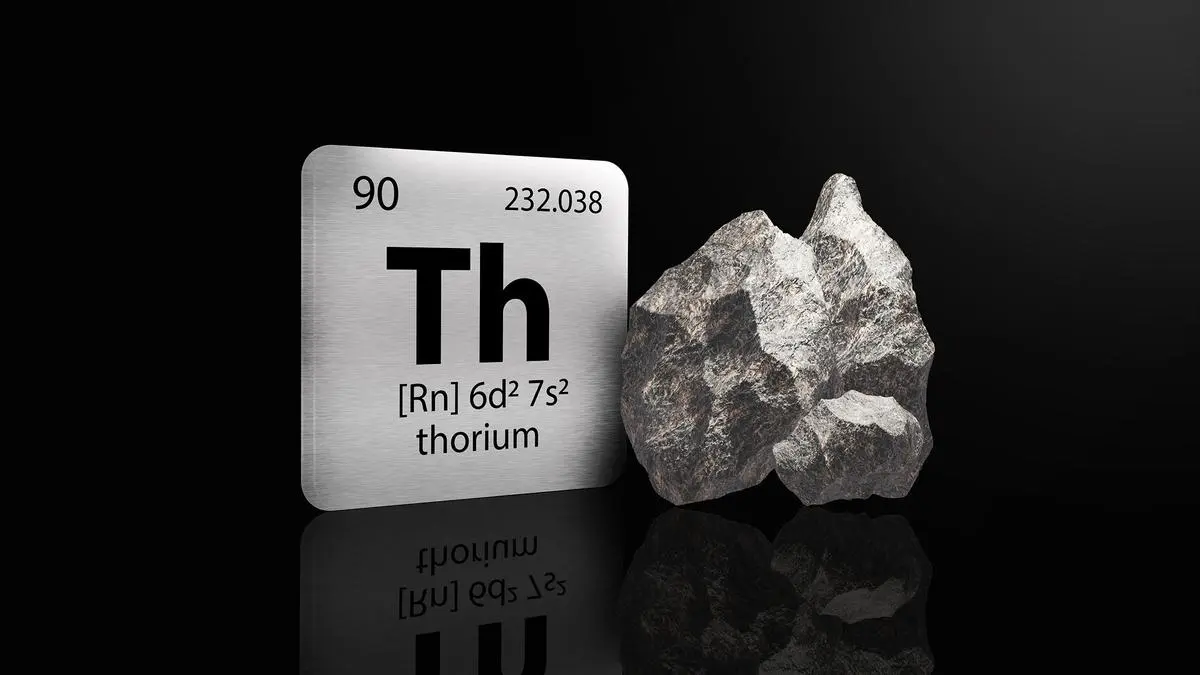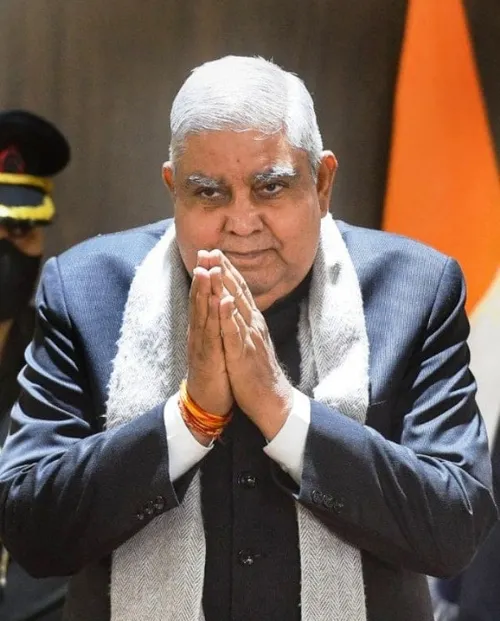“The US left its research publicly available, waiting for the right successor — we were that successor,” Xu Hongjie, a prominent Chinese nuclear physicist at the Shanghai Institute of Applied Physics, recently told the Guangming Daily. He said this after China revived a long-dormant American nuclear technology — thorium-fuelled molten salt reactor.
India has the world’s largest reserves of thorium — a million tonnes — particularly in its monazite-rich coastal sands. As per the three-stage nuclear programme envisioned by nuclear scientist Dr Homi Bhabha, the country would use thorium when it gets to the third stage. After 70 years of Independence, India has still not started on the second stage.
However, China swiftly picked up the technology left on the table by the Americans and created a secret facility in the Gobi Desert, near the Mongolian border. It is a small, 2MW facility, but enough to catapult China into a thorium regime.
The reactor — a small, experimental system capable of refuelling while operating — was recently brought online, marking significant progress in reimagining the future of nuclear energy. Though not ready for commercial use, it signals a global shift toward next-generation nuclear technologies.
The US explored thorium reactors, especially molten salt types, back in the 1960s before shelving them in favour of uranium-based designs. Now, as the world confronts the twin challenges of climate change and energy security, thorium is making a comeback. Thorium reactors offer multiple advantages: less radioactive waste, more fuel-efficiency and lower risk of nuclear weapons proliferation.
More Like This
Published on May 4, 2025
Anurag Dhole is a seasoned journalist and content writer with a passion for delivering timely, accurate, and engaging stories. With over 8 years of experience in digital media, she covers a wide range of topics—from breaking news and politics to business insights and cultural trends. Jane's writing style blends clarity with depth, aiming to inform and inspire readers in a fast-paced media landscape. When she’s not chasing stories, she’s likely reading investigative features or exploring local cafés for her next writing spot.






